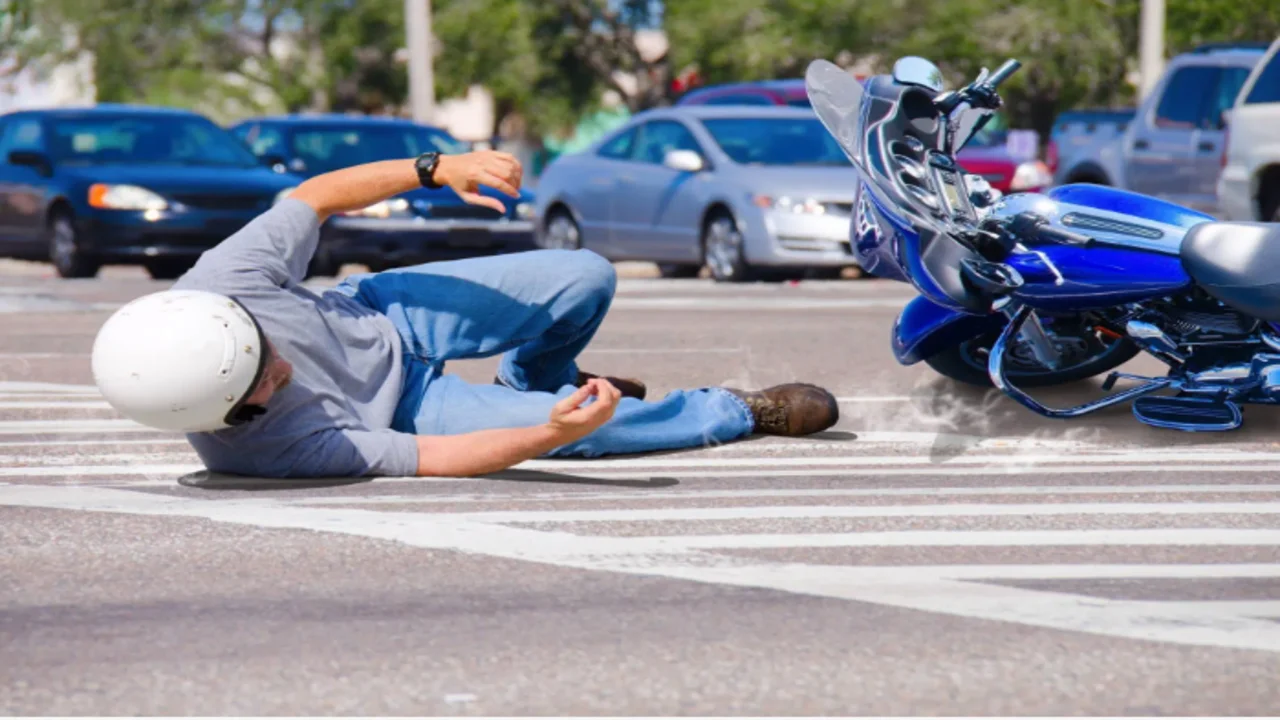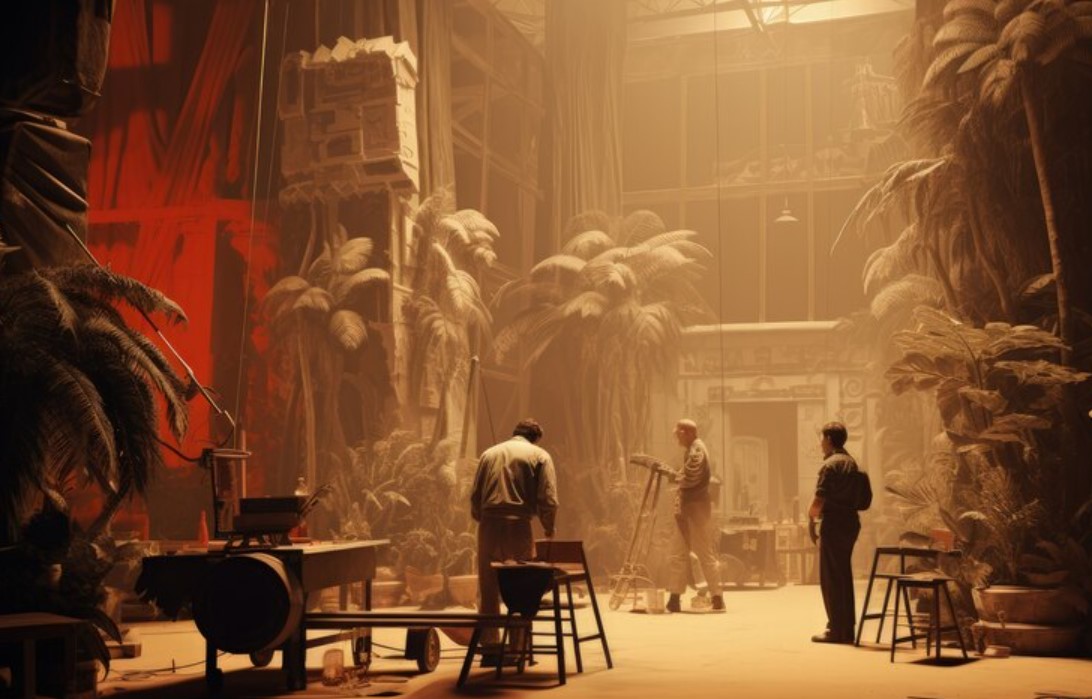Intersections are among the most hazardous places for motorcyclists, with the potential for accidents lurking at every crossroad. Unlike drivers in cars, motorcyclists have limited protection, making them more vulnerable to severe injuries in the event of a collision. Whether it’s a vehicle turning left, a distracted driver failing to yield, or a car running a red light, intersections present a multitude of dangers that can lead to devastating outcomes for riders.
Motorcyclists are often unseen or misjudged by other drivers, especially at intersections where multiple vehicles, pedestrians, and traffic signals create distractions. Understanding the unique risks faced by motorcyclists at crossroads is essential for both riders and drivers alike, as proper awareness and caution can make a life-saving difference.
Left-Turn Collisions: A Leading Cause of Fatalities
One of the deadliest risks motorcyclists face at intersections is the left-turn collision. These accidents typically occur when a vehicle turns left in front of an oncoming motorcycle, often because the driver either fails to see the motorcyclist or misjudges their speed. The force of impact from these accidents can be catastrophic, as motorcyclists have little protection against the larger, heavier vehicle.
Preventing these types of collisions requires both motorcyclists and drivers to be more vigilant. Riders should always approach intersections with caution, anticipating that a vehicle may turn in front of them. At the same time, drivers must pay closer attention and make a conscious effort to look for motorcycles before turning left.
Rear-End Collisions at Intersections
Motorcyclists are also at risk of being rear-ended at intersections, especially when coming to a stop or slowing down for a red light. Drivers behind them may not expect a motorcycle to stop as quickly or may be distracted and fail to apply the brakes in time. These rear-end collisions can throw motorcyclists off their bikes, resulting in severe injuries.
To mitigate the risk, motorcyclists can use defensive riding techniques, such as flashing their brake lights when slowing down and leaving enough space between themselves and the vehicle ahead. However, the ultimate responsibility lies with drivers to remain attentive and avoid distractions while approaching intersections.
Intersection Blind Spots and Driver Inattention
Intersections are notorious for blind spots, where motorcyclists can easily go unnoticed by other drivers. The small profile of motorcycles makes it harder for drivers to detect them, especially when changing lanes, making turns, or merging into traffic at a crossroad. This is particularly dangerous when drivers are distracted or fail to perform thorough head checks before making a maneuver.
Motorcyclists can increase their visibility by wearing bright or reflective gear and positioning themselves strategically within the lane to be more noticeable. Drivers, on the other hand, need to be fully aware of their surroundings, paying particular attention to motorcycles that may be hidden in blind spots.
The Role of Distracted Driving in Intersection Accidents
Distracted driving is a major contributor to intersection accidents involving motorcyclists. Whether it’s texting, adjusting the radio, or conversing with passengers, distractions divert a driver’s attention away from the road. At intersections, where split-second decisions are often necessary, a distracted driver may not notice a motorcyclist until it’s too late.
Public awareness campaigns and stricter enforcement of distracted driving laws are crucial for reducing the number of accidents involving motorcyclists. Riders should also practice extra caution around drivers who appear to be distracted, as they are more likely to make dangerous mistakes at crossroads.
Failing to Yield to Motorcyclists
Another common risk at intersections is when drivers fail to yield the right of way to motorcyclists. Whether at a stop sign, a yield sign, or when merging, drivers often underestimate the speed of motorcycles or fail to see them all together. This failure to yield can result in high-speed collisions with life-threatening consequences for the rider.
Motorcyclists can protect themselves by assuming that drivers may not see them and adjust their speed accordingly. Meanwhile, drivers must exercise greater caution at intersections, ensuring they are fully aware of their surroundings and yielding the right of way when appropriate.
Seeking Compensation After Intersection Accidents
Motorcyclists involved in intersection accidents often suffer from severe injuries, leading to significant medical challenges and financial burdens. The recovery process can be lengthy, requiring hospital stays, ongoing rehabilitation, and lost income due to an inability to work. To alleviate these burdens, many injured riders seek compensation through motorcycle injury claims to cover medical expenses, lost wages, and other damages related to the accident.
Navigating the complexities of injury claims can be difficult, but working with an experienced attorney can make the process smoother. Legal professionals can assist motorcyclists by gathering evidence, building a strong case, and negotiating with insurance companies to ensure that riders receive the compensation they deserve for their injuries and financial losses.
The Importance of Defensive Riding at Intersections
Defensive riding is one of the most effective strategies motorcyclists can use to protect themselves at intersections. This involves anticipating potential hazards, such as vehicles turning left, failing to yield, or running red lights, and reacting accordingly. By remaining alert and aware of their surroundings, motorcyclists can reduce the likelihood of being involved in a serious accident.
In addition to defensive riding, using safety gear, maintaining a safe speed, and ensuring that the motorcycle is in good working condition are all critical factors in staying safe at intersections. While motorcyclists cannot control the actions of other drivers, they can take steps to minimize their own risk.
Road Design and Intersection Safety Improvements
Improving road design and intersection safety is another important factor in reducing the risks motorcyclists face at every crossroad. Installing clearer traffic signals, creating dedicated motorcycle lanes, and improving signage can all help prevent accidents involving motorcycles. Additionally, cities can invest in public awareness campaigns that highlight the unique challenges motorcyclists face at intersections.
By addressing infrastructure issues such as improving road design, implementing traffic calming measures, and enhancing visibility at intersections, cities can make intersections safer for everyone on the road, particularly for vulnerable road users such as motorcyclists.

David Weber is an experienced writer specializing in business and related fields, delivering insightful and informative content for diverse audiences.




